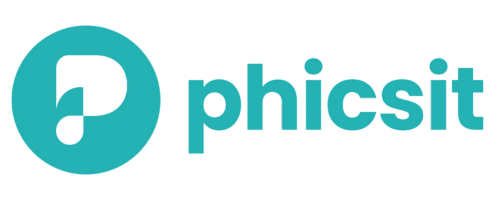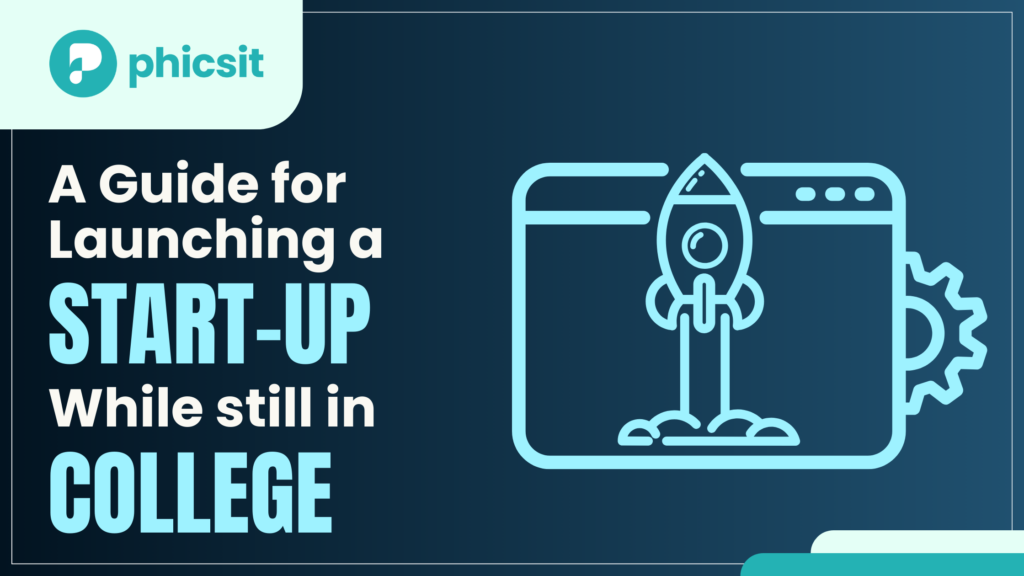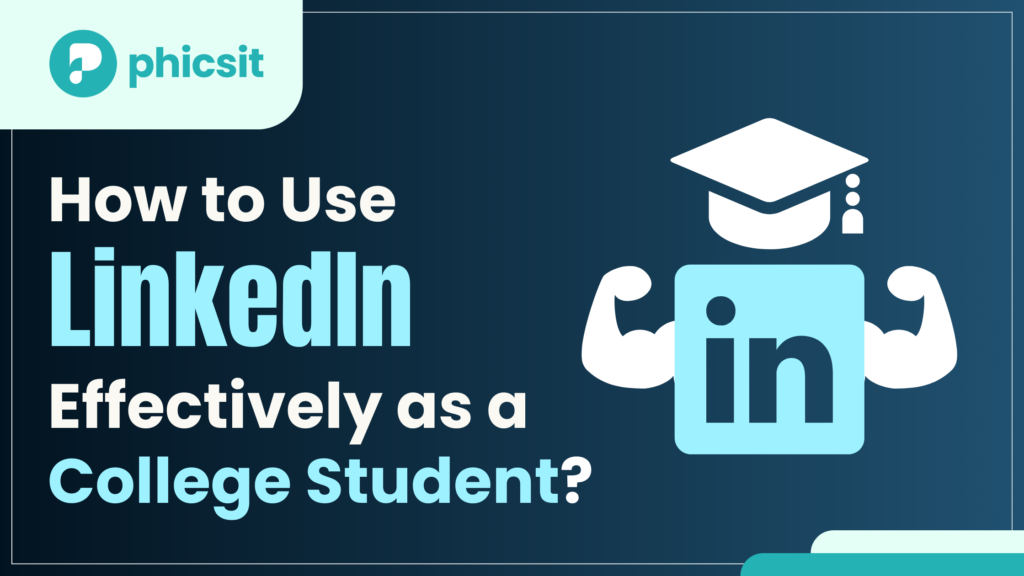Career Paths in AI: A Guide for Students
As we all know Artificial Intelligence (AI) is one area of technology that is always developing and has limitless potential. Artificial intelligence (AI) influences almost every industry, from powering virtual assistants to operating autonomous cars. It promises efficiency, creativity, and previously unheard-of growth. Today, AI is used in a wide range of industries, including healthcare, …







